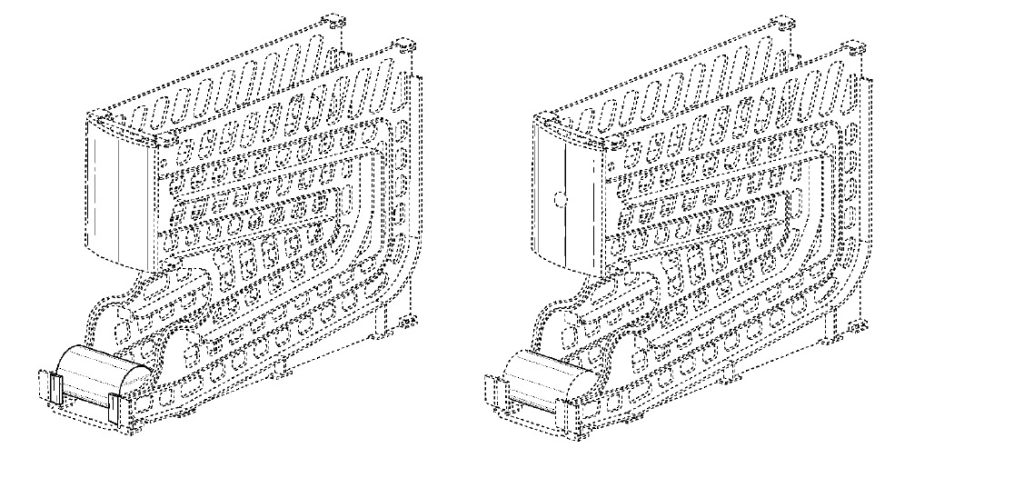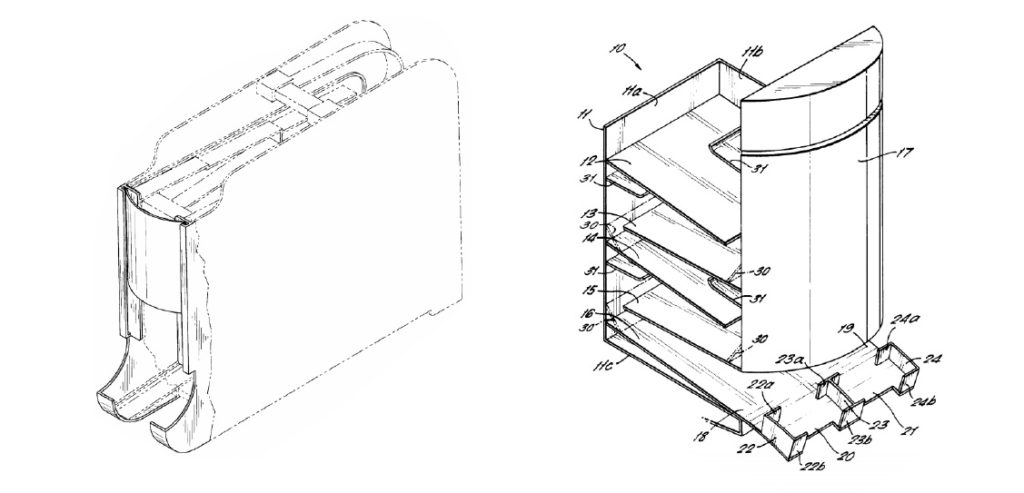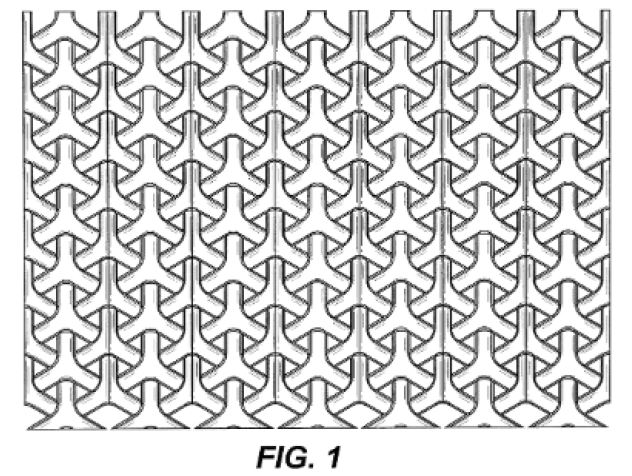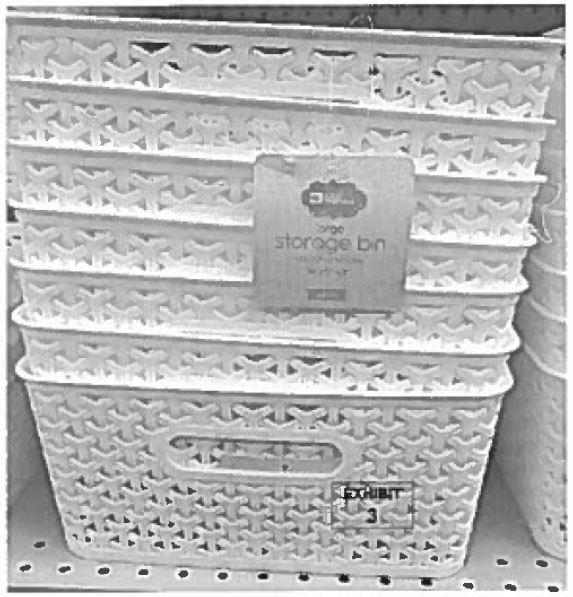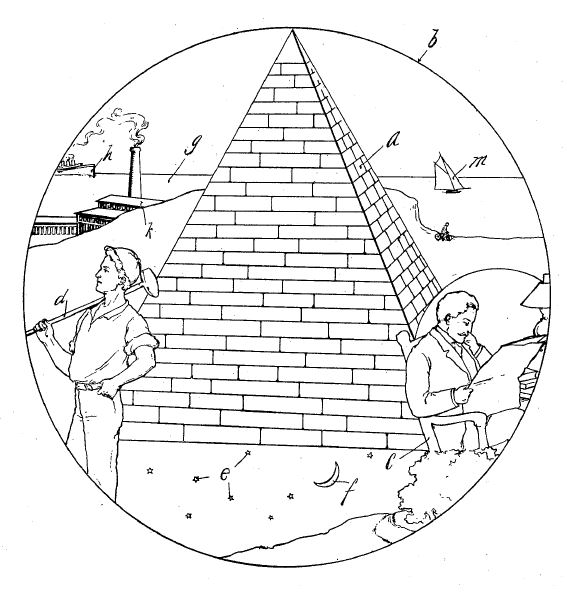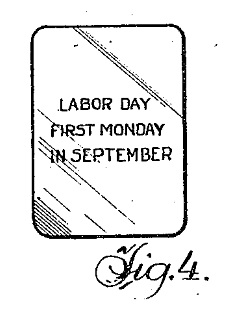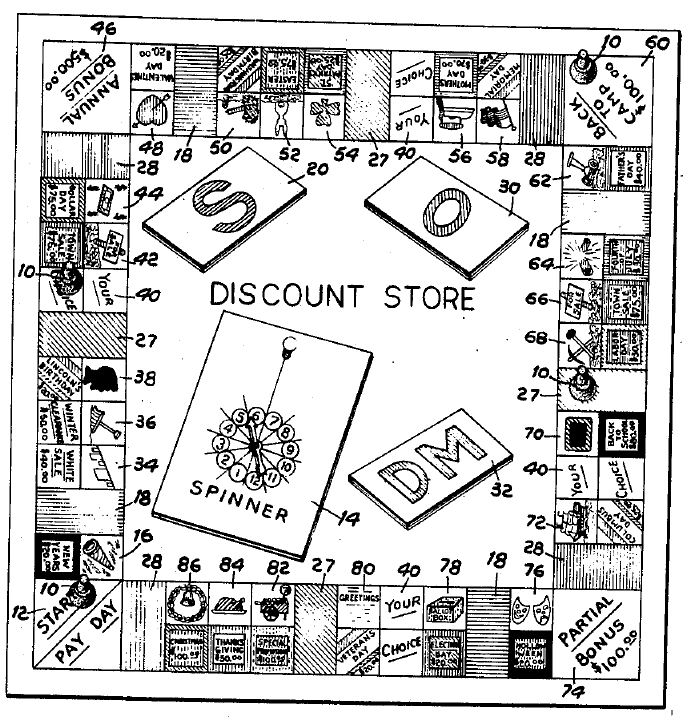In American Axle & Manufacturing, Inc. v. Neapco Holdings LLC, [2018-1763] (October 3, 2019), the Federal Circuit affirmed summary judgment that the asserted claims of U.S. Patent No. 7,774,911 on a method for manufacturing driveline propeller shafts designed to attenuate vibrations transmitted through a shaft assembly were ineligible under §101.
1. A method for manufacturing a shaft assembly of a driveline system, the driveline system further including a first driveline component and a second driveline component, the shaft assembly being adapted to transmit torque between the first driveline component and the second driveline component, the method comprising:
providing a hollow shaft member;
tuning at least one liner to attenuate at least two types of vibration transmitted through the shaft member; and
positioning the at least one liner within the shaft member such that the at least one liner is configured to damp shell mode vibrations in the shaft member by an amount that is greater than or equal to about 2%, and the at least one liner is also con-figured to damp bending mode vibrations in the shaft member, the at least one liner being tuned to within about ±20% of a bending mode natural frequency of the shaft assembly as installed in the driveline system.
Two types of attenuation were involved — resistive attenuation and reactive attenuation. Resistive attenuation of vibration employs something that deforms as vibration energy is transmitted through it absorbing the vibration energy. Reactive attenuation of vibration refers to a mechanism that can oscillate in opposition to the vibration energy to thereby ‘cancel out a portion of the vibration energy.
The analysis of § 101 follows the Supreme Court’s two-step test established in Mayo and Alice, asking first whether the claims are directed to a law of nature, natural phenomenon, or abstract idea, and second whether the claims embody some “inventive concept”—i.e., whether the claims contain “an element or combination of elements that is sufficient to ensure that the patent in practice amounts to significantly more than a patent upon the ineligible concept itself.
The claims are directed to tuning liners—i.e., controlling a mass and stiffness of at least one liner to configure the liner to match the relevant frequency or frequencies. It was known that vibrations could be damped by resistive attenuation and that bending mode vibrations could be damped by reactive attenuation. the selection of frequencies for the liners to damp the vibrations of the propshaft at least in part involves an application of Hooke’s law. The problem, the Federal Circuit found, was that the solution to these desired results is not claimed in the patent.
The elements of the method here that AAM argues take the patent outside the realm of ineligible subject matter i.e., the mechanisms for achieving the desired result—are not actually claimed in the claims. The Federal Circuit noted that “the patent specification recites only a nonexclusive list of variables that can be altered to change the frequencies exhibited by a liner and a solitary example of a tuned liner (though not the process by which that liner was tuned).” “Most significantly,” the Federal Circuit said, the claims do not instruct how the variables would need to be changed to produce the multiple frequencies required to achieve a dual-damping result, or to tune a liner to dampen bending mode vibrations.
The Federal Circuit said that this case might well be significantly different, if, for example, specific models were included in the claims. But, the claims’ general instruction to tune a liner amounts to no more than a directive to use one’s knowledge of Hooke’s law, and possibly other natural laws, to engage in an ad hoc trial-and-error process of changing the characteristics of a liner until a desired result is achieved. The Federal Circuit said that this claiming of a natural law runs headlong into the very problem repeatedly identified by the Supreme Court in its cases shaping eligibility analysis.
Citing Parker v. Flook, the Federal Circuit said “if a claim is directed essentially to a method of calculating, using a mathematical formula, even if the solution is for a specific purpose, the claimed method is nonstatutory.” In contrast, the Federal Circuit noted that in Diamond v. Diehr, the claims recited other steps apparently adding to the formula something that in terms of patent law’s objectives had significance—they transformed the process into an inventive application of the formula.
The Federal Circuit concluded that the claims here simply instruct the reader to tune the liner—a process that, as explained above, merely amounts to an application of a natural law (Hooke’s law) to a complex system without the benefit of instructions on how to do so. The focus of the claimed advance here is simply the concept of achieving that result, by whatever structures or steps happen to work. Thus the subject matter of the claims was not patent eligible.
Judge Moore dissented, observing that “[t]he majority opinion parrots the Alice/Mayo two-part test, but reduces it to a single inquiry: If the claims are directed to a law of nature (even if the court cannot articulate the precise law of nature) then the claims are ineligible and all evidence of non-conventionality will be disregarded or just plain ignored.” Judge Moore quoted the majority that “it makes no difference to the section 101 analysis whether the use of liners to attenuate bending mode vibration was known in the prior art,” saying that this disregarded the second part of the Mayo test.
Judge Moore argues that the majority’s concern with the claims at issue had “nothing to do with a natural law and its preemption and everything to do with concern that the claims are not enabled.” Respectfully, there is a clear and explicit statutory section for enablement, § 112. We cannot convert § 101 into a panacea for every concern we have over an invention’s patentability, especially where the patent statute expressly addresses the other conditions of patentability and where the defendant has not challenged them.”
Judge Moore was also concerned that the natural law two which the claims were supposedly directed, was never identified, saying “Section 101 is monstrous enough, it cannot be that now you need not even identify the precise natural law which the claims are purportedly directed to.”
Judge Moore also took exception to the majority’s rejection of the inventive concepts asserted by the patentee, first as inaccurate (a fact finding made by the majority on appeal and contrary to all the evidence of record) and second as irrelevant. Judge Moore said that “[u]ltimately, the majority says the inventive concept “makes no difference to the section 101 analysis” — a statement she takes to be an outright rejection of the second step of the Alice/Mayo test.
Judge Moore concludes that “[t]he majority’s true concern with these claims is not that they are directed to Hooke’s Law (because this is clearly a much more complex system not limited to varying mass and stiffness), but rather the patentee has not claimed precisely how to tune a liner to dampen both bending and shell mode vibrations.” Thus the issue was really not one of eligibility, but rather one of enablement. She said: “[a] patentee’s failure to enable his invention renders the claims invalid under § 112, it does not, however, render the claims ineligible under § 101.
Judge Moore finishes: “The majority’s validity goulash is troubling and inconsistent with the patent statute and precedent. The majority worries about result-oriented claiming; I am worried about result-oriented judicial action. I dissent.”

